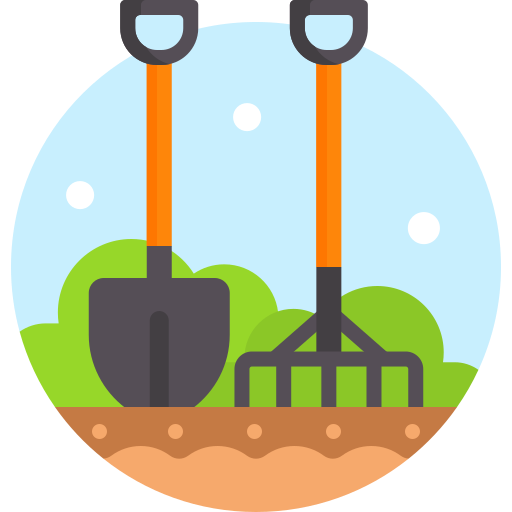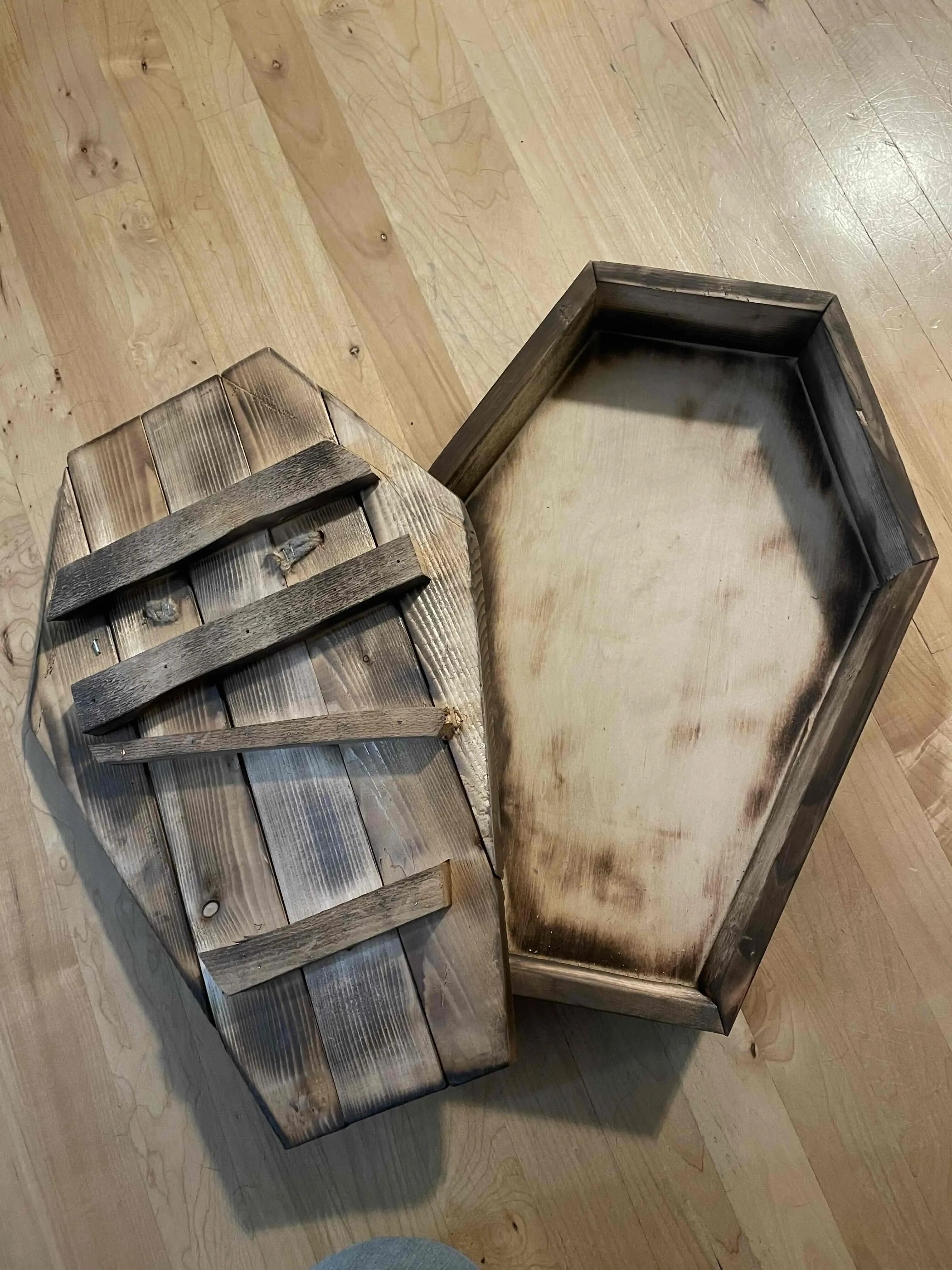What was preventing you? Photo uploads from my phone are super flaky.
- 31 Posts
- 646 Comments
You’re four forks deep now Slic3r to Prusa Slicer to Bamboo’s slicer to Orca. It also borrowed a lot of ideas from Super Slicer. Since it’s open source, and has been gaining some momentum, it seems to have a decent amount of contributors
Why Orca?
- all the features you know and love from things up the tree
- a revamped UI
- built in tuning tests (temp tower, extrusion multiplier, volumetric flow, pressure advance, etc)
- great Klipper integration if that’s your jam

 2·4 days ago
2·4 days agoI hope you’re back to your normal physical self soon.
As far as the 3D printer goes, there are three main types of categories of people with printers at home:
- Tinkering with the printer is the hobby. This can be a mix of tuning for better quality, faster prints, etc as well as physical modifications to the printer. One of the extremes of this is the speedboat race where people go all out for the fastest print of a common model
- Modeling things and then printing them. I fall largely into this camp. I’ve made many a replacement part for a kids toy, jigs/fixtures, brackets, printer mods, speakers, wagon wheels, a thing to keep cats out of potted plants, even a tiny toolbox for the minimal amount of tools I used to carry at work
- The printer is largely an ends to printing free/paid designs from the Internet. There are tons of designs out there that are a mix of cute (but probably throw away), functional/practical, things you could sell, etc
If you’re modeling it will be mouse and keyboard, but a SpaceMouse will improve ergonomics. All you’re really using the keyboard for is number input.
If you find yourself in the functional print crew, don’t be surprised if you wind up printing things to help in your garden. Some of the PVC fittings holding together my arch are now printed parts (less effort to model and print a replacement than drive to the store) and the hooks the “gates” to my fence hang on are also printed. Once you get in the habit of finding things you can print you’ll be finding them everywhere.

 2·4 days ago
2·4 days agoIt’s all tradeoffs. I’ve been too busy with mulching to cover my squash vines and it’s vine boarer season here :( it’s on the list for this weekend.

 2·4 days ago
2·4 days agoThanks! For either mulch or pavers you’re going to have some level of maintenance. My personal take is that the maintenance for mulch is more frequent, but less intensive, than pavers. Both will benefit from a boarder to keep roots out.

 2·5 days ago
2·5 days agoThis fence has been in place for at least four years, so this has been a very long time coming. I went with mulch because getting rid of rocks is really annoying should we want to change the area again in 5-10 years.

 4·5 days ago
4·5 days agoThanks! I don’t know about professional, but it should be pretty practical.
I thought about stone, but it’s too permanent. We have crushed marble (that white stuff) in some of our flower beds from the previous owner and it’s a pain. If we wanted to get rid of it we would have to pay someone to take it away.

 2·5 days ago
2·5 days agoThanks much. Here’s hoping you feel better soon!
Is that the same custom printed speaker I saw a post about last week or so?
Indeed it is, functional prints for life.

 3·5 days ago
3·5 days agoWe might expand for more beds once our kids outgrow their play structure. We have four 4x8 beds and grow vertically, so we have a decent amount of space. This year we have beans, peas, cucumber, cantaloupe, trombetta, pie pumpkins, shallots, onions, carrots, tomatoes, eggplant, peppers, and lufa for fun.

 1·5 days ago
1·5 days agoThanks for the follow up!
The deer aren’t new to us. I usually put a cage around a few lilies, but forgot this year. The beetles are a new one though. Looks like they very recently got to our area.
 1·8 days ago
1·8 days agoThanks! If you happen to also shoot traditional cameras, speaking in terms of say FF EQ focal lengths works too. It does indeed sound pretty wide, with a sweet spot between 24mm and 35mm FF EQ.
 1·8 days ago
1·8 days agoWhat kind of angle of view do you think you get with this setup? I imagine it would be pretty wide, but could be way off.

 2·8 days ago
2·8 days agoGlad you found the reply helpful!
It sounds like you have the right lens for your situation. With sports I feel like you’re always going to be compromising on focal length (too tight for close action, too wide for far action). It sounds like you’re reviewing your EXIF info, so you can certainly use past data to help inform what focal length you’re using the most.
I would personally lean on shutter priority unless you can guarantee that you’ll never over-expose. Clipped highlights obviously aren’t recoverable. I don’t know that I trust myself enough to watch the histogram and we’ve had many games that were partly sunny - oscillating between direct and indirect sun. It would be nice to be able to say “increase shutter speed if necessary otherwise bump ISO” but that’s sadly not a real shooting mode.
My 150-500 is a fairly slow lens, but since it’s on a FF body it’s amazing what it can see through. Chain link fences don’t completely disappear, but they’re a lot less visible than they were on my somewhat faster 70-300 on a crop body.

 3·8 days ago
3·8 days agoHow big of a plot are the plants in? We have somewhere around 8 plants in a 20 gallon bucket like thing. I think we would need two more buckets to have that many plants
Bird and/or deer netting. Thankfully birds haven’t found our raspberry plant yet but they’re not really ripe yet. We have a 6’ fence around our garden to keep deer out.

 2·9 days ago
2·9 days agoI don’t know about this particular model, but the brand is well liked for their higher end printers. At budget price points there’s only so far you can stretch the BOM cost so I don’t know how much more I would expect of this printer vs other budget entries.

 15·10 days ago
15·10 days agoIf you want to print miniatures that are actually miniature in scale, a resin printer is probably the way to go. That said, you need to wash prints, cure prints, properly dispose of waste materials, etc. This article talks about their differences and shows somr a/b comparisons halfway through it. You can get pretty good detail with a small nozzle on a FDM printer, but resin will still blow it away.
As for a budget printer, most are generally pretty reliable but if you want good results you’re probably going to need to fiddle with them. You’ll also probably need to fiddle with them to keep them running and/or optimized (for example, better fan shrounds for your hot end, etc). I didn’t mind somewhat ugly prints from my i3 Plus, so I didn’t need to do very much fiddling beyond some basic mods over the 5 or so years I was fairly actively using it - especially after I replaced the bed springs with silicone and printed snug fitting thumb wheels.
There’s nothing wrong with an “old” printer. I bought a Monoprice branded Wanhao Duplicator i3 Plus a little over 7 years ato and from a pure feature perspective it’s not that different than the base Ender v3. The biggest advances are in quality of life things, like z-offset calibration and “auto leveling”, but it’s worth saying that most budget printers can’t adjust their extruder mechanically to be in plane with the build plate like say a Voron, so they compensate by tweaking z-height as the extruder moves between high and low spots. Geared reduced extruders on direct drive setups are also preferable over driving the extruder directly from a stepper motor like my old i3 Plus or early Ender v3 models.
Printers are generally very modifiable, so if some new whiz-bang feature comes out in a few years you’ll likely be e able to adopt it to your printer.


Very cool. Was this a test piece or do you intend to do CNC carving like this in the future? What finish do you think you’ll use? Any surface prep ahead of time like sanding? Details on the CNC?
So many questions!